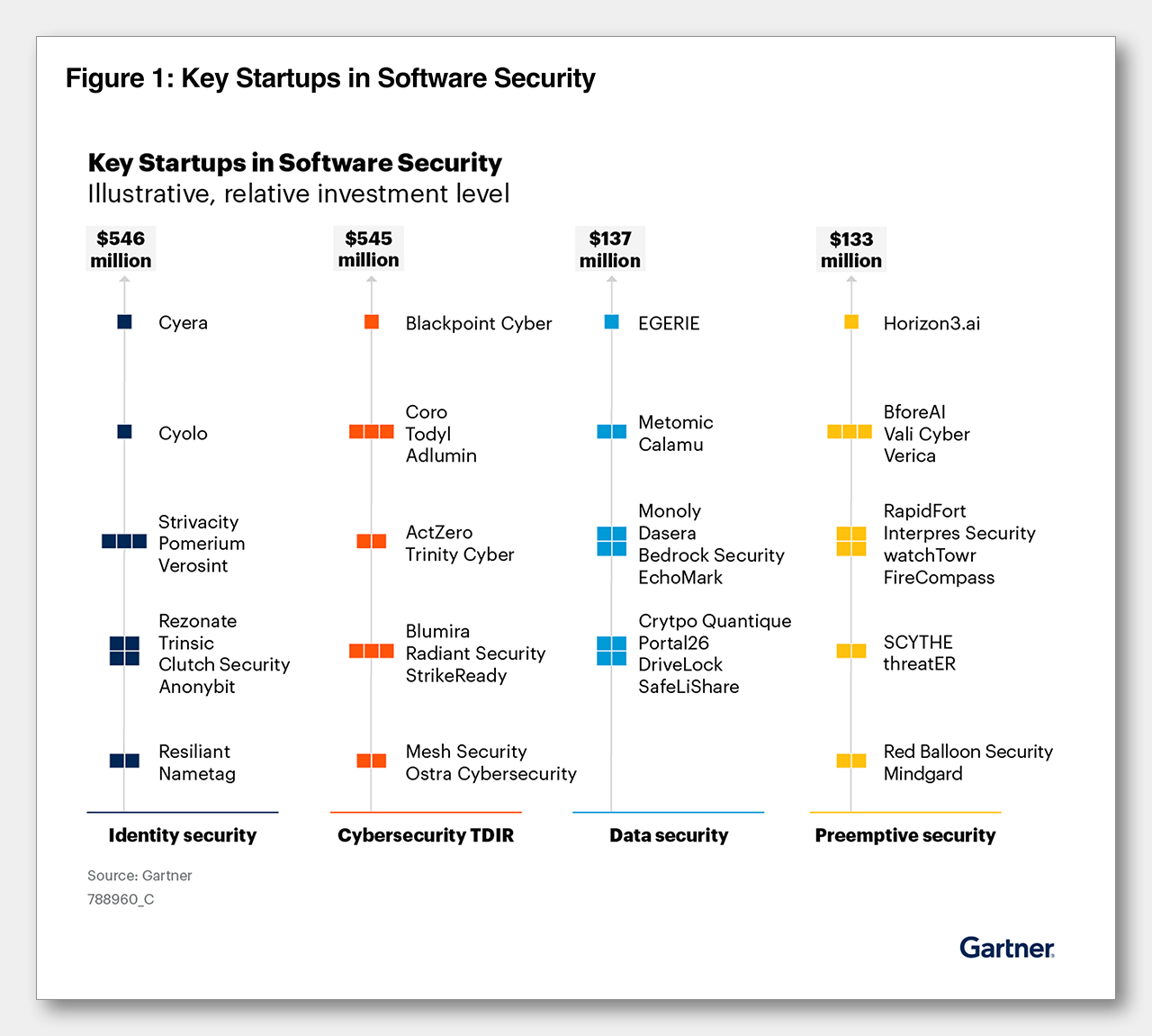Defending Manufacturing Industry Customers
How Trinity Cyber’s Revolutionary Capability Defends Manufacturers – the Top Target of Attacks
No matter what they produce, manufacturers of all sizes are turning to Trinity Cyber to protect them from threats.
These companies need the protection now more than ever, as manufacturing has emerged as the top-targeted sector: A wealth of industry automation, digitization, interconnected devices/machines/data systems, and complex supply-chain dependencies are creating many opportunities for cyber criminals, according to EC-Council University, a security educational leader. Factory operators are vulnerable to ransomware schemes in particular because they cannot afford downtime.
With adversaries increasingly equipped with advanced tools and techniques, manufacturers face serious threats to their operations and assets:
-
Manufacturing has ranked #1 among industries for attacks for three straight years, representing 25.7 percent of incidents among the top 10 targeted sectors in 2023, according to the 2024 IBM X-Force Threat Intelligence Index.
- Since 2018, there have been nearly 480 ransomware incidents for the sector, with at least 7.5 million records breached, according to the research firm, Comparitech. On average, hackers have demanded $11.2 million, and factory downtime from ransomware has increased to 12.2 days – up from 6.4 days in 2021.
-
The average cost of a manufacturing breach has grown to $4.73 million, or $280,000 more than sectors across-the-board, according to IBM’s 2023 Cost of a Data Breach report.

This is no “normal” situation. And extraordinary circumstances require extraordinary responses. Trinity Cyber takes pride in doing uncommon things in a sea of common solutions and delivers groundbreaking technology that defeats threats with full content inspection and control.
How so? Because the ability to open, scan, and apply real-time mitigation actions on live internet traffic leads to accurate and reliable identification of threats, tactics, techniques and procedures (TTPs). The Trinity Cyber technology distinguishes itself in many ways, including the ability to neutralize malware and exploits while disrupting command and control (C2).
The Trinity Cyber technology is literally going where no other solution is going: It is the first to open, examine, edit, and rebuild internet traffic out to the application layer inline. With rapid and precise session inspection and editing, something no other cybersecurity company can offer, manufacturers acquire better detection and better, real-time response capabilities that dramatically enhance security while greatly reducing noise, false positives, and additional customer pain points.
Ultimately, Trinity Cyber is all about getting ahead of the attackers with preventive results, instead of reacting to – and drowning in – a sea of alerts.
Trinity Cyber Recognized in New Gartner® Report

A New, More Proactive Threat Detection Model
A recent report from Gartner highlighted that some companies are developing “a new, more proactive threat detection model” for Threat Detection, Investigation, and Response (TDIR). It states: “The new model moves from a reactive telemetry detect, alert and respond model reliant on indicators of compromise (IOCs) to a proactive full-content inspection capability that detects and removes threats from live traffic before they enter or leave an enterprise.”
In the report, Gartner recommends: “Security product leaders must pay attention to disruptive startups to inform product roadmaps and identify new business opportunities.”

"We have invented the new essential."
-- Steve Ryan, Founder & CEO
With Trinity Cyber, manufacturers increase their security posture with:
- An enduring solution that hackers cannot easily evade
- Optimal threat mitigation that goes far beyond blocking and alerting
- Automated vulnerability mitigation
- Reduced alert fatigue/false positives
- Zero third-party supply chain risk
Manufacturing customers know they are well-defended by Trinity Cyber with:
- Less risk. Less risk of getting hacked. Less risk of losing data. And less compliance risk.
- Speed. The Trinity Cyber technology completes the entire detection, response, and remediation cycle in a single real-time movement
- Accuracy. Because the technology is frequently 1,000 times more accurate than any other network control, security teams waste less time
- Ease-of-implementation. Get started in three simple steps. Make Trinity Cyber your path to the internet, install a Trinity Cyber certificate, and log into the portal to watch Trinity Cyber protect your network like no other company can.

Trinity Cyber allows manufacturers to continue operations with total confidence in their ability to secure it all.
If you’re not fully inspecting your traffic before it enters or leaves your enterprise, then you’re not doing everything you can to protect your network and your customers.